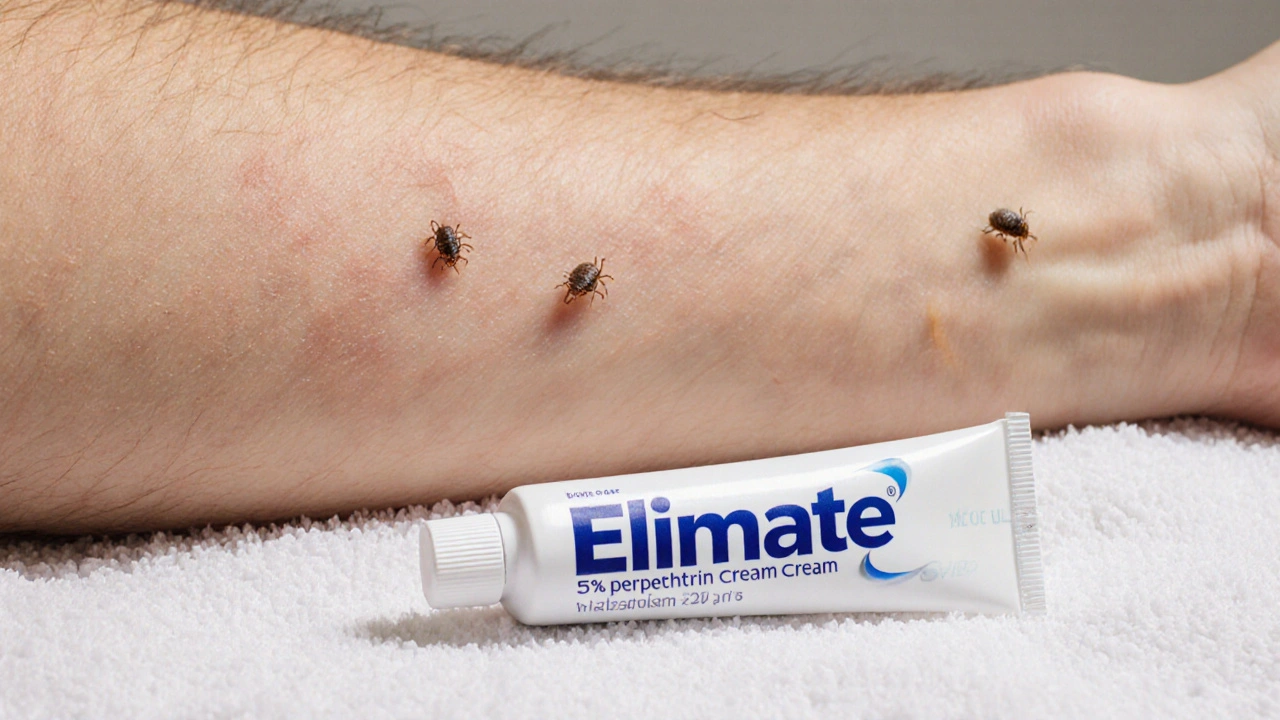Scabies Treatment: Effective Options, Alternatives, and What Actually Works
When you have scabies, a skin infestation caused by the Sarcoptes scabiei mite. It's not about cleanliness—it's about exposure. And it spreads fast, especially in close contact. Also known as the seven-year itch, scabies doesn't care if you're rich, poor, young, or old. It just wants skin to burrow into. The good news? It’s treatable. But not all treatments are created equal, and some people waste weeks trying home remedies that do nothing while the mites multiply.
Most doctors start with permethrin cream, a topical pesticide approved for scabies. It’s the first-line defense because it kills mites and eggs in one application. You apply it from neck to toe, leave it on overnight, then wash it off. If it doesn’t work—or you can’t use it because of pregnancy or sensitive skin—ivermectin, an oral pill that kills mites systemically, is often the next step. It’s not FDA-approved for scabies in all countries, but it’s widely used off-label and works well, especially for crusted scabies or outbreaks in group settings.
Other options like lindane, a neurotoxic lotion rarely used today, or sulfur ointments, are older alternatives with more risks or messier application. You’ll also hear about tea tree oil, neem, or bleach baths—but none of these reliably kill the mites. They might soothe the itch, but they won’t end the infestation. And if you skip treating everyone who’s been in close contact, you’re just playing whack-a-mole with the mites.
It’s not just about the cream or pill. You need to wash all bedding, clothes, and towels in hot water and dry them on high heat. Items you can’t wash? Seal them in plastic bags for at least 72 hours. The mites die without human contact. And don’t forget your nails—mites can hide under them. Trim them short and scrub daily.
After treatment, the itching can last for weeks. That’s not because the mites are still there—it’s your body’s immune system reacting to dead mites and their waste. Antihistamines or hydrocortisone cream help with that. But if the itching keeps coming back after four weeks, you might need a second round of treatment.
The posts below cover everything you need to know: how permethrin compares to other topical treatments, when oral ivermectin makes sense, what to do if your treatment fails, and how to prevent reinfestation. You’ll find real comparisons—not marketing fluff—based on what actually works in clinics and homes. No fluff. No myths. Just clear, practical steps to get rid of scabies for good.
Elimite (Permethrin) vs Top Scabies and Lice Treatments: Detailed Comparison
Compare Elimite (permethrin) with other scabies and lice treatments, covering efficacy, safety, cost, and best-use scenarios.
More
